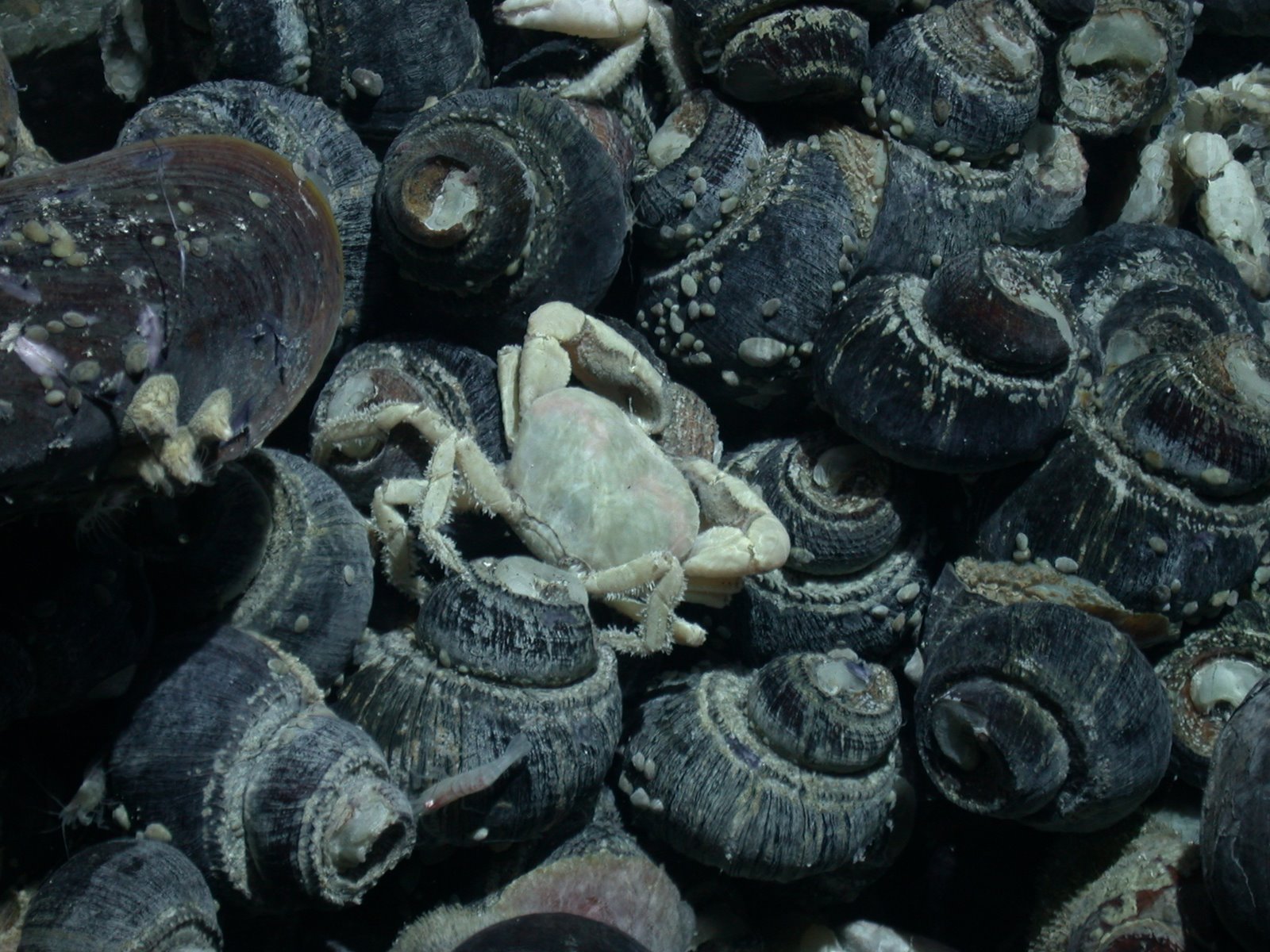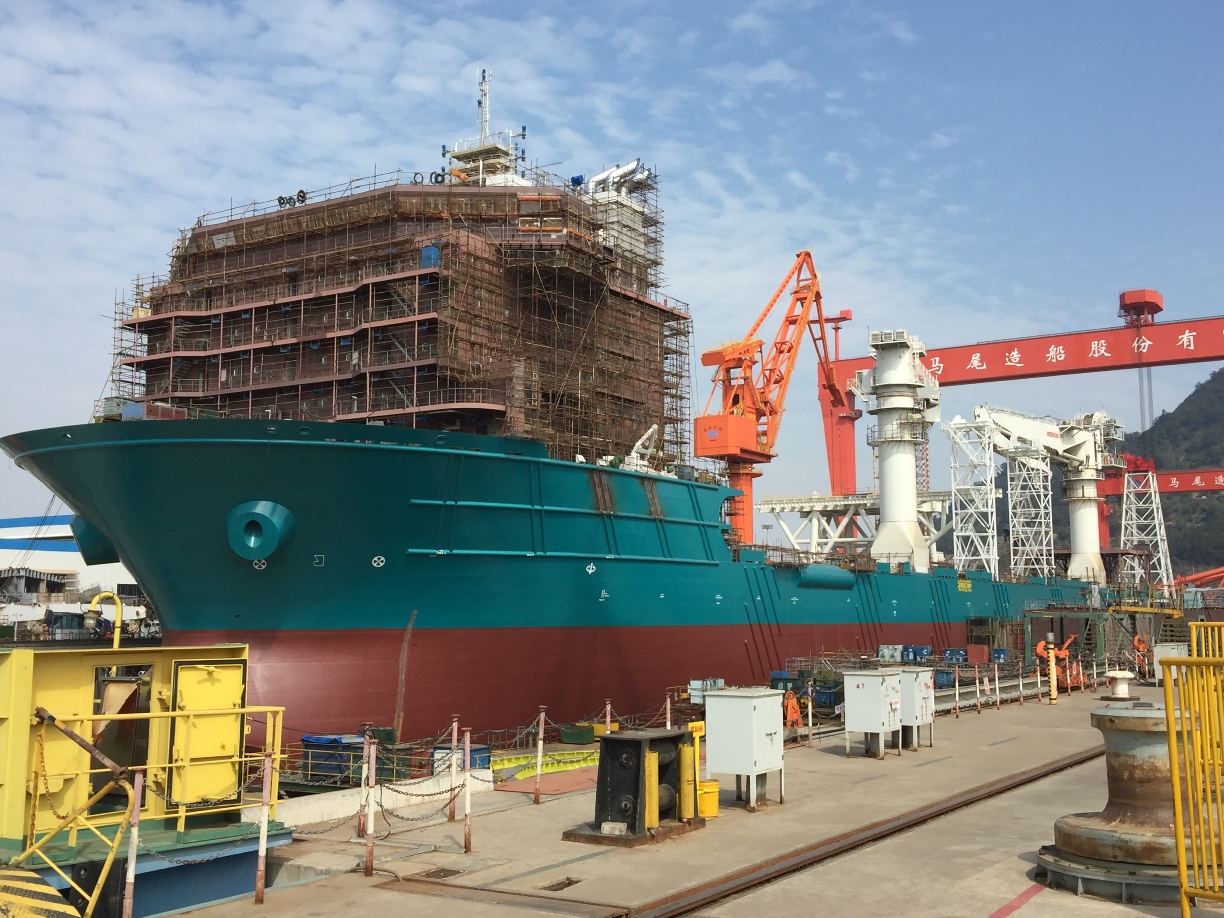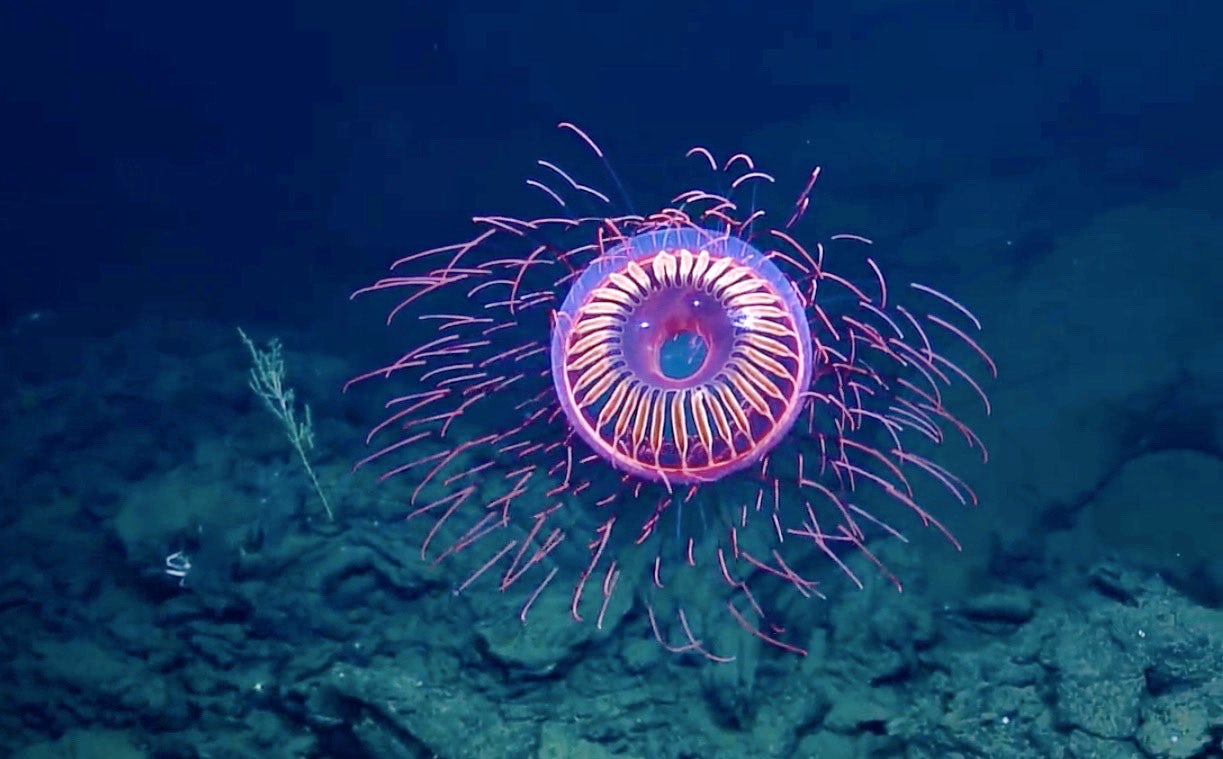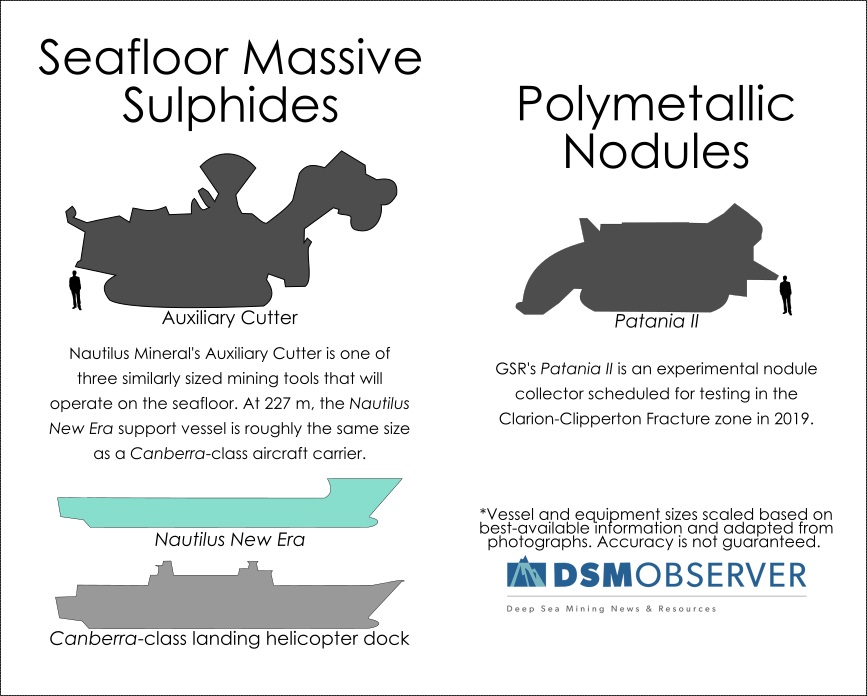If you were to ask a new stakeholder to name the most frustrating aspect of trying to understand the current state of deep-sea mining, they would likely begin with the arcane acronyms and idioms of The Authority (that’s the International Seabed Authority for those still struggling with the lingo). Not far behind would be the proliferation of companies and organizations with nearly the same name. At the Deep-sea Biology Symposium, recently, one speaker even had to specify that they were with Neptune, “but not that Neptune or the other Neptune”.
For historical reasons, Neptune and Nautilus are the two most frequently used names across all ocean industries. In addition to a very charismatic cephalopod, the Nautilus was Captain Nemo’s submarine in 20,000 Leagues Under the Sea while Neptune was the Roman god of the sea (and a much less clunky word than Poseidon). To help provide some clarity to those new to the industry, we have compiled a short glossary of Neptunes and Nautili relevant to the deep-sea mining community.
Nautilus Minerals is a deep-sea mining company with lease blocks in the western Pacific, predominantly within the territorial waters of Papua New Guinea. They aim to be the first company to commercially mine seafloor massive sulfides and currently have three completed seafloor production tools ready to deploy, as well as a mining permit for the Solwara I prospect. Nautilus Minerals has other, less developed, holdings across the Pacific, including within the Clarion-Clipperton Fracture Zone.
Nautilus Live and the E/V Nautilus are a research and outreach program and exploration vessel supported by Dr. Bob Ballard’s Ocean Exploration Trust. Nautilus Live provides live video streams from ROVs operating off the E/V Nautilus, allowing anyone to participate in the thrill of discovery. Recently, one of their ROV dives was interrupted by a curious sperm whale. The E/V Nautilus has participated in research expeditions to both seafloor massive sulfides and polymetallic nodule fields.
IFREMER Nautile is a French deep-diving research submersible that has participated in over 1500 dives around the world. The Nautile has been critical to both ecologic and geologic research. IFREMER itself currently holds exploratory leases on the Mid-Atlantic Ridge.
Ifremeria nautilei is a deep-sea snail named for the above submersible which is abundant at Nautilus Mineral’s mining leases in the southwestern Pacific, among others.
Nautilus Magazine is a popular online and print science magazine that focuses on a single, specific topic for each issue. They have occasionally written about deep-sea mining.
Neptune Minerals is another deep-sea mining company focused on seafloor massive sulfides with tenements and lease blocks within the territorial waters of 7 countries, including Japan, Papua New Guinea, the Solomon Islands, Vanuatu, Fiji, Tonga, and New Zealand.
NEPTUNE Canada is a seafloor cabled observatory monitoring seafloor massive sulfides and methane seeps in the northeast Pacific. Though not directly involved in deep-sea mining, it provides valuable baseline environmental data as well as ecologic time series studies around hydrothermal vent ecosystems which help inform environmental impact assessments for the deep-sea mining community. It is currently operated by Ocean Networks Canada.
Neptune and Company, Inc is an organization that specializes in environmental decision making. At the 2018 Deep-sea Biology Symposium they debuted a Guided Interactive Statistical Decision Tool, a system to facilitate deep-sea mining decision making focused on facilitating stakeholder involvement.




